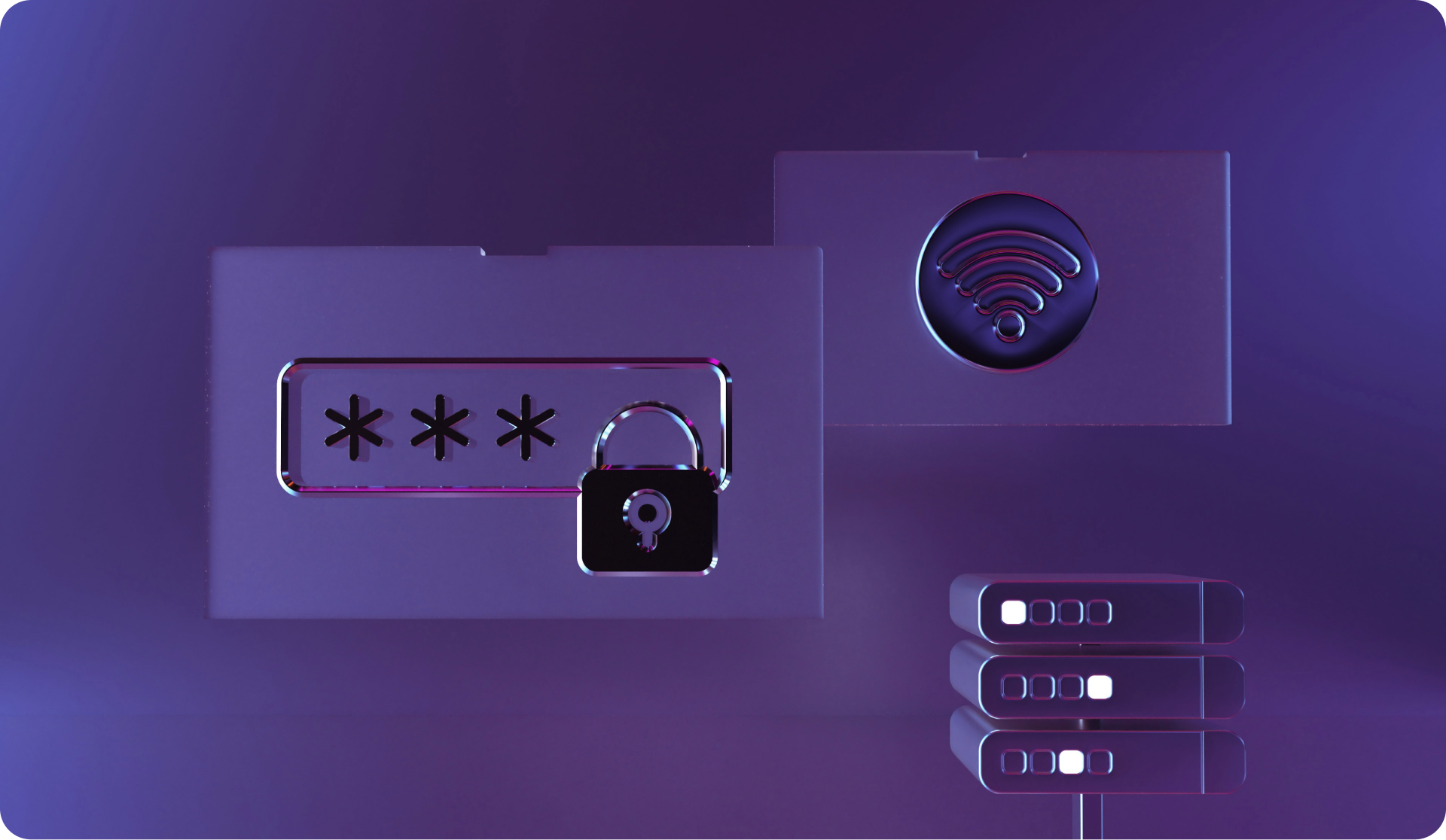
Navigating the Digital Jungle: A Strategic Blueprint for Cybersecurity Excellence
This is a comprehensive guide for professionals, executives, and organizations striving to fortify their digital infrastructure against the ever-growing wave of cyber threats. In an era where data is a corporate asset and breaches translate directly into financial losses, cybersecurity is a fundamental business priority. Understanding the threats, implementing the right defense mechanisms, and fostering a security-first culture are essential steps toward ensuring resilience in an increasingly volatile digital economy.
The Foundation of Digital Resilience: What Cybersecurity Really Means
Cybersecurity stands at the core of modern business strategy, safeguarding networks, data, financial transactions, and critical operations. A well-structured security system functions much like risk management in finance – an essential discipline that shields an enterprise from potential ruin.
The stakes are higher than ever. Beyond direct financial losses, a cyberattack can cause operational paralysis, regulatory penalties, reputational damage, and a breakdown of consumer trust. With global cybercrime costs exceeding $8 trillion in 2023, no organization can afford weak defenses.
The Digital Predators: Cyber Threats Every Business Must Combat
Just as predators in the wild exploit weaknesses in their prey, cybercriminals take advantage of vulnerabilities in systems, networks, and human behavior. These are some of the most aggressive threats that businesses face today:
- Malware: The Silent Infiltrator – Malicious software – whether ransomware, spyware, or Trojans – can disrupt business operations, steal data, and cripple entire networks. One file, one misclick, and a company’s entire infrastructure could be at risk.
- Phishing: Manipulating Human – Nature Hackers no longer need brute force to breach systems; deception is far more effective. Phishing emails trick employees into revealing login credentials, granting attackers full access to financial accounts and confidential business data.
- DDoS Attacks: Disrupting Business Continuity – A Distributed Denial of Service (DDoS) attack overwhelms a company’s digital infrastructure, making critical services unavailable. Financial institutions, SaaS providers, and e-commerce platforms are frequent targets, suffering severe revenue losses and reputational harm.
- Insider Threats: The Hidden Risk Within – Security risks don’t always come from the outside. Disgruntled employees, negligent staff, and compromised third-party vendors can expose sensitive information or sabotage company systems – whether intentionally or through careless mistakes.
- Zero-Day Exploits: A Race Against Time: Cybercriminals thrive on vulnerabilities that developers haven’t yet discovered. These zero-day exploits allow attackers to bypass security measures before patches are released, putting businesses at a constant disadvantage.
The CIA Triad: The Core Pillars of Cybersecurity
To build a solid defense, organizations rely on the CIA Triad: Confidentiality, Integrity, and Availability. This model is the foundation of cybersecurity resilience:
- Confidentiality: Ensuring that sensitive financial and business data remains protected from unauthorized access. Encryption, access controls, and multi-factor authentication help prevent leaks and breaches.
- Integrity: Keeping information accurate and tamper-proof. Security protocols such as cryptographic checks and real-time monitoring prevent unauthorized alterations that could compromise financial reports or client data.
- Availability: Ensuring critical data and services remain accessible at all times. Disaster recovery plans, redundant systems, and cloud backups prevent disruptions and ensure operational continuity.
Without these principles, cybersecurity strategies lack the necessary structure to withstand real-world threats
Global Standards and Compliance: The Regulatory Framework for Cyber Resilience
Financial institutions, healthcare providers, and multinational corporations must comply with strict security regulations. Governments and industry bodies enforce cybersecurity laws to mitigate systemic risks and protect consumers. The most critical frameworks include:
- NIST Cybersecurity Framework – The benchmark for enterprise risk management.
- PCI-DSS (Payment Card Industry Data Security Standard) – Essential for safeguarding payment transactions.
- GDPR & HIPAA – Defining data privacy and security obligations for businesses handling sensitive personal information.
Regulatory non-compliance directly threatens a company’s financial health, market reputation, and investor confidence.
Building a Fortress: Cybersecurity Best Practices for Enterprises
Modern businesses cannot afford passive security measures. A proactive approach minimizes risks, mitigates potential damages, and enhances operational stability. These are some of the most effective cybersecurity strategies:
- Next-Gen Firewalls and Endpoint Security: Firewalls filter out malicious traffic, while endpoint protection solutions secure every device that connects to the corporate network. Together, they create a strong perimeter defense against cyber threats.
- Multi-Factor Authentication (MFA): Locking the Gates: A username and password are no longer sufficient. MFA ensures that even if login credentials are compromised, attackers cannot access accounts without additional verification.
- Real-Time Threat Intelligence and Monitoring: With cyber threats evolving daily, AI-driven security analytics and real-time monitoring systems help businesses detect anomalies before they escalate into full-scale breaches.
- Employee Cyber Awareness Training: A well-informed workforce is one of the best defenses against cyber threats. Regular training ensures that employees can recognize phishing scams, social engineering tactics, and suspicious activities.
- Incident Response Planning: Preparing for the Unexpected: Even the most secure organizations must prepare for worst-case scenarios. A comprehensive incident response plan ensures that businesses can respond quickly to security breaches, minimizing financial and reputational damage.
Cybersecurity as a Competitive Advantage
Security is a decisive factor in business growth, investor confidence, and customer trust. Companies that integrate cybersecurity into their financial and operational strategies position themselves as industry leaders, gaining a competitive edge in the digital economy.
A secure enterprise is a resilient enterprise, one that can navigate uncertainty, adapt to evolving threats, and maintain uninterrupted operations. The organizations that thrive will not be those that react to attacks but those that anticipate them, fortify their defenses, and create a culture of security at every level.
In the digital jungle, the most successful companies are not those who merely survive threats, but those who turn security into a defining strength, shaping the future of their industries with confidence.
Welcome to Cali—where finance is delightful.
#PixPayments #BoletoBancario #FinancialInclusion #InnovationMeetsTradition #CaliFinance #MakingItDelightful #DigitalFinance #FintechBrazil



